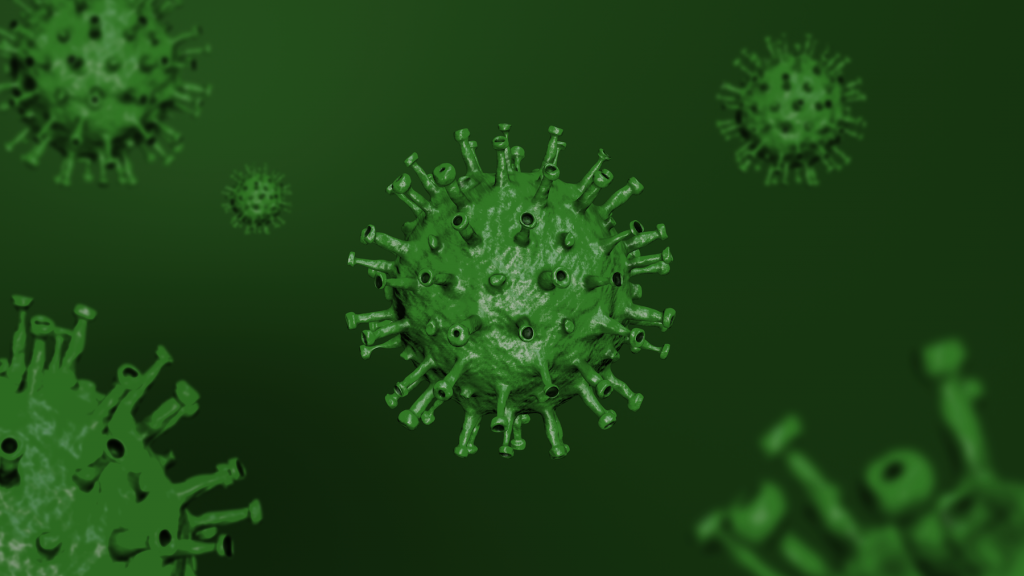
by Oceanit | Apr 16, 2025 | Education, History
COVID-19 Seasonality: Do Warmer Months See More Spread? As we navigate through 2025, understanding the seasonal patterns of COVID-19 remains crucial. While many respiratory viruses, like influenza, exhibit clear winter peaks, SARS-CoV-2 has demonstrated a more complex...

by Oceanit | Apr 11, 2025 | History, Local News
Hawaii’s Innovation Legacy: From Past to ASSURE-100 COVID Test Hawaii is often celebrated for its natural beauty and vibrant culture—but its legacy of innovation and invention is equally impressive. From ancient navigation systems to cutting-edge medical technology,...

by Oceanit | Apr 8, 2025 | History, National News
Comparing the 2020 COVID-19 Market Crash to the April 2025 Economic Downturn The global economy has faced significant downturns in recent years, notably the COVID-19-induced crash in 2020 and the tariff-driven slump of April 2025. While both events led to substantial...

by Oceanit | Apr 4, 2025 | Education, History
Why SARS-CoV-2 Was Unlike Any Virus We’ve Faced Before Since it first emerged in late 2019, the SARS-CoV-2 virus has fundamentally reshaped our world. Its ability to spread rapidly and widely, overwhelming global healthcare systems and disrupting economies,...

by Oceanit | Apr 4, 2025 | General, History, International News
Leading Theories on the Origins of SARS-CoV-2 in 2025 As of 2025, the origin of SARS-CoV-2—the virus responsible for COVID-19—remains one of the most debated and complex topics in science and global health. While definitive answers are still elusive, two primary...

by Oceanit | Mar 20, 2025 | History, Local News
Hawaii’s Five-Year Journey Through the COVID-19 Pandemic: Impacts and Adaptations Over the past five years, the COVID-19 pandemic has profoundly affected Hawaii, influencing public health, the economy, and daily life across the islands. From the initial outbreak in...







